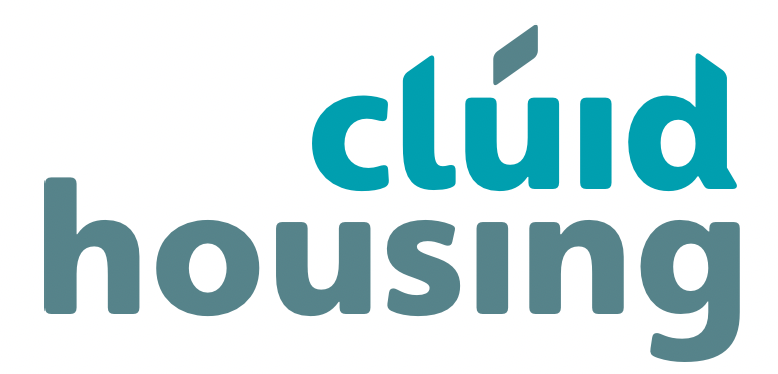Clúid Housing is going green

Clúid is rolling out a major retrofit programme to help tackle fuel poverty for its residents and to improve the sustainability of its existing housing stock.
The residential sector can make an important contribution to reducing Ireland’s climate impact. Clúid Housing is committed to implementing meaningful sustainability across our organisation – creating sustainable homes and communities for our residents and playing our role in achieving Ireland’s climate action targets. We want every Clúid resident to live in a low-carbon, affordable home, in a place that promotes positive wellbeing and sustainable living.
Throughout 2020, Clúid’s National Sustainability Manager Susan Vickers developed a dedicated greening strategy, Building a Sustainable Future Together. The strategy sets out Clúid’s path to providing for a greener future for our residents and staff and is based around three key pillars: build green, live green, and be green. These pillars address our key environmental risks and opportunities, and the issues that matter most to our stakeholders.
Central to our greening strategy, and the requirement to cut carbon emissions, is the delivery of our ambitious retrofit programme. We are committed to maximising the energy performance of our homes and ensuring all Clúid-owned properties meet a minimum Building Energy Rating of B2 by 2030.
Since 2018, deep retrofit works have been completed on 1,417 properties at a total cost of over €20.5 million, including installing insulation, LED lighting, new energy efficient heating systems, and new doors and windows. A further 600 properties are planned for retrofit works by the end of 2024.
Almost 29 metric tons of CO2 have been saved as a direct result of the retrofit works carried out since 2020.
Of course, retrofit works not only contribute to meeting vital climate action goals, but they also create more comfortable and energy efficient homes, which are less expensive for residents to run.
Feedback from residents has been extremely positive, with one resident at a recently retrofitted property commenting: “The heating is amazing, really and truly very cosy. Way better than that storage heating. It has made our home much cosier. The new windows are fabulous. The place is lovely and very cheap to run. 100 per cent very happy.”
Susan Vickers, National Sustainability Manager says: “We believe that as the largest Approved Housing Body in Ireland, Clúid has a responsibility and an opportunity to demonstrate leadership in driving the environmental and climate action agenda. We aim to do this by setting ambitious goals for ourselves, using our voice to raise awareness of the issues, convene debate and advocate for change.”

T: 01 707 2088
E: svickers@cluid.ie
W: www.cluid.ie





